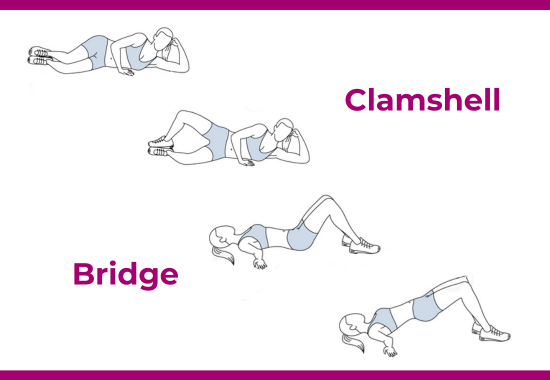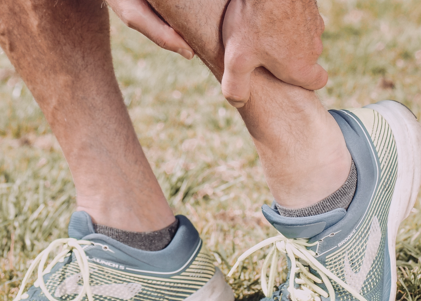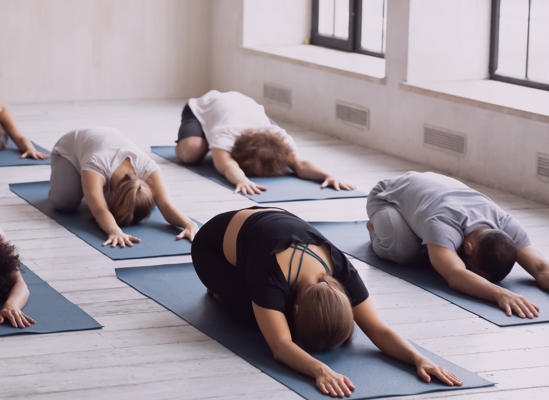3. Eat a healthy diet
Did you know that certain foods can increase the risk of knee pain? It’s true—especially when it comes to joint pain. Here are the main culprits:
Foods that cause inflammation: red meat, deli meats, gluten (bread, pizza, cake), fried food, soft drinks, juice, sweets, alcohol.
Fortunately, there are foods that promote knee health, most of which are rich in omega-3 or have anti-inflammatory properties:
Foods that are good for the knees: white meat, oily fish, ginger, turmeric, flaxseed, walnuts, antioxidant-rich fruits and vegetables, garlic and olive oil.
4. Test your alignment
The human body is composed of different parts that we may tend to consider as “autonomous.” But these parts are actually closely linked and each influences the other.
For example, having flat foot can lead to ankle pain and knee pain, and even back pain.
In short, everything is connected. But how do you know if your biomechanical alignment is good?
Home evaluation
Stand in front of a mirror and observe your natural posture. Are your feet properly aligned? Is your weight evenly distributed? Then do this simple exercise:
- Stand on one leg (leaning on a wall or chair if necessary). Bend the knee of the leg on the floor and come back up (slight squat).
As you repeat this movement, watch your knee. If you notice that the knee tends to go in or out, there may be an alignment issue. When in doubt, continue to do this type of exercise, striving to maintain alignment, or ask for a professional evaluation.
Professional evaluation
Médicus professionals have the knowledge and tools to perform biomechanical alignment assessments. Depending on the results, they can also help you choose products adapted to your needs: custom-made orthoses, knee braces, splints, etc.










